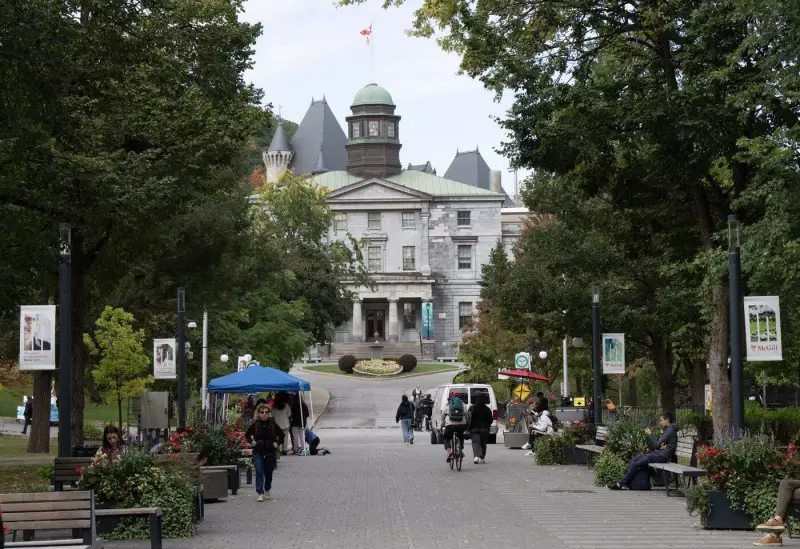
In a sweeping overhaul of Canada's immigration landscape, the federal government has unveiled a bold new strategy that significantly curbs international student admissions while prioritizing economic newcomers. The plan represents the most substantial shift in Canadian immigration policy in recent years.
Student Visa Caps Take Center Stage
Under the new framework, Canada will approve approximately 360,000 study permits for 2024—a dramatic 35% reduction from 2023 levels. Immigration Minister Marc Miller emphasized that this temporary two-year cap is necessary to address "volume and integrity issues" within the international education system.
"Some private institutions have taken advantage of international students by operating under-resourced campuses, charging high tuition fees, and significantly increasing the number of international students accepted," Miller stated during the announcement.
Provincial Distribution and Protection Measures
The reduction won't be applied uniformly across the country. Instead, provinces and territories will receive allocations based on population, with additional protections for graduate-level students and those in master's and doctoral programs.
Every study permit application now requires a provincial attestation, ensuring that incoming students are aligned with regional educational priorities and capacity limitations.
Economic Immigration Gets Green Light
While student pathways face constraints, economic immigration streams are receiving renewed emphasis. The 2024-2026 Immigration Levels Plan maintains ambitious targets, aiming to welcome 281,135 permanent residents through economic programs this year alone.
This strategic pivot addresses critical labor market shortages while managing the pressure that rapid population growth has placed on housing and healthcare infrastructure.
Addressing Systemic Vulnerabilities
The reforms come amid growing concerns about the exploitation of international students and the sustainability of Canada's education-based immigration model. Minister Miller highlighted instances where students faced inadequate housing options and limited support services.
"We need to be intentional about the path we set for the future of international students in Canada," Miller emphasized, signaling a move toward quality over quantity in international education.
Looking Ahead: Balanced Growth Strategy
This recalibration reflects Canada's effort to balance its reputation as a top education destination with practical considerations about infrastructure and service capacity. The government aims to create a more sustainable immigration system that continues to attract global talent while ensuring adequate support for newcomers.
The changes position Canada to maintain its competitive edge in the global race for talent while addressing domestic concerns about population growth pressures.





